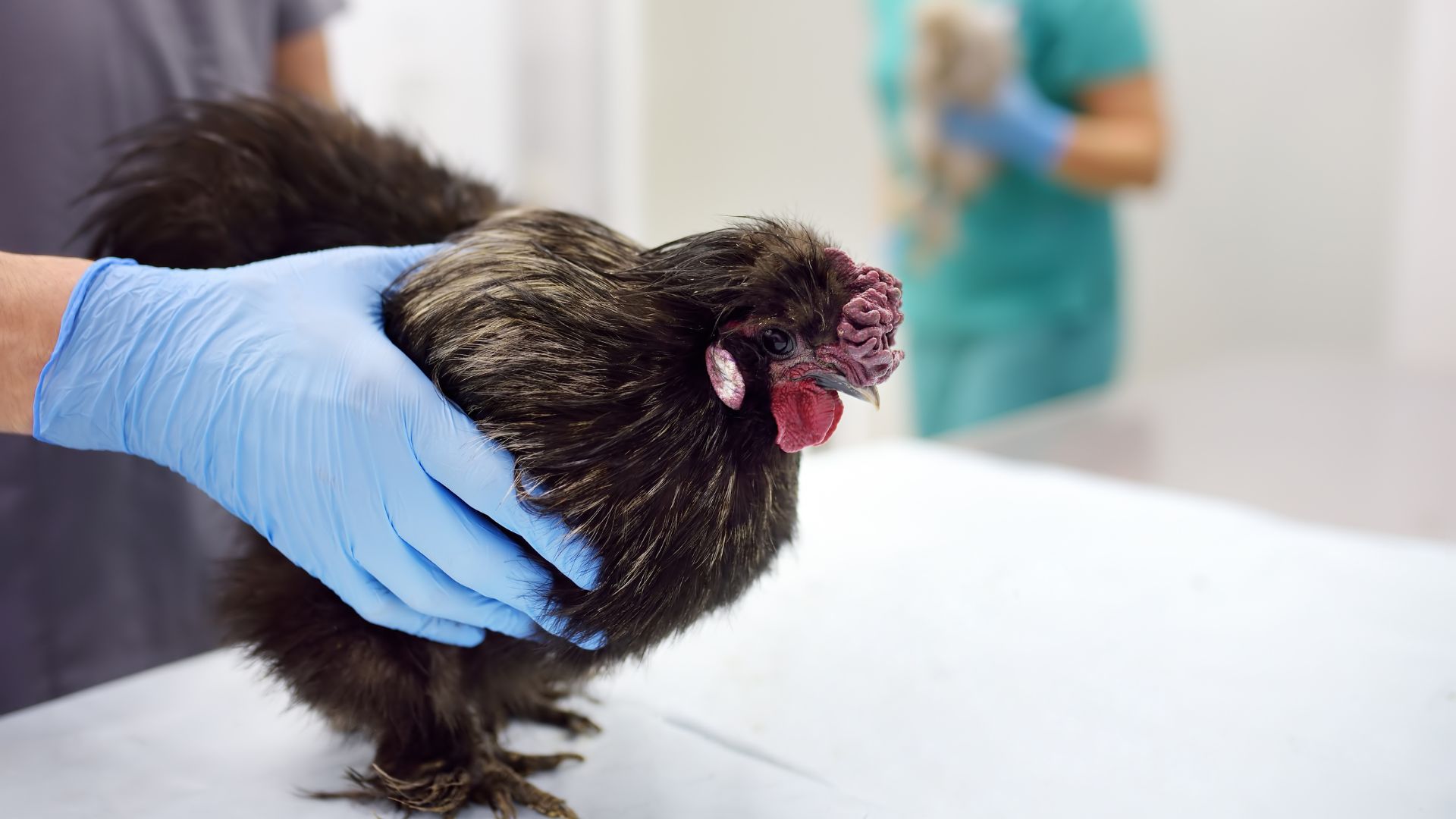The world is ablaze with various crises, yet all seems quiet on the infectious diseases front. We find ourselves in the inter-pandemic phase: recovering from the last crisis, while figuring out how best to prepare for the next. Even so, our new government has decided to terminate all planned activities labelled as pandemic preparedness and, reallocate the budget to other priorities…
Around this time five years ago, coronavirus Patient Zero must have been hospitalised with severe Community-Acquired Pneumonia of unknown cause in Wuhan, China. By early December, a cluster of cases was recognised and on 31 December, China notified the World Health Organisation (WHO). The rest is history.
20 years ago, a new variant of avian influenza (H5N1) emerged in Asia, infecting poultry and sporadically, humans, who have had intensive contact with infected birds or were exposed to contaminated materials. They developed severe Community-Acquired Pneumonia with a cytokine storm, and approximately 50% of them succumbed. At that time, while the spread of H5N1 remained limited to the Asian region, the global infectious diseases community anxiously awaited virus adaptations that could lead to large-scale transmission among birds, mammals and humans. That, however, did not happen immediately…
In fact, it wasn’t until during the COVID-19 pandemic that H5N1 began to spread massively across all continents: first among birds, then among wild mammals, followed by domestic cattle, most notably cows in the United States. Although sporadic human infections (linked to spillover from H5N1-infected animals to persons with animal exposure) were reported last year, there was no evidence of human-to-human transmission, leading many to believe there was nothing to fear.
That was until last week…
On 13 November 2024, the Public Health Agency of Canada reported the first domestically acquired human case of H5N1 avian influenza in a 17-year-old man, who required ICU-admission.
According to a statement released by the agency, the genomic sequencing result indicates that the virus is related to the avian influenza H5N1 viruses from the ongoing outbreak in poultry in British Columbia (Influenza A (H5N1), clade 2.3.4.4b, genotype D1.1). And while there is an ongoing outbreak of avian influenza A(H5N1) in dairy cattle in the US, no cases of avian influenza have been reported in dairy cattle in Canada and there is no evidence of avian influenza in samples of milk in Canada.
Today, it remains unclear how and where this man contracted the virus, leaving the possibility of human-to-human transmission still on the table. If this is the case, we may see more infections soon.
If not, the story doesn’t end here. With the current number of infected mammals, the likelihood of the virus adapting to human transmission steadily increases.
This should clearly alarm the world. The “chain of preparedness” must be activated. Countries need to make sure their surveillance systems for H5N1 in both animals and humans are fully operational. A key part of this chain is the infrastructure to determine the best treatments for patients, should they become infected. This is where Ecraid’s warm-base clinical trial network plays a crucial role. This Europe-wide network is designed to respond swiftly when needed, since viral respiratory infections remain the most likely cause a new pandemic.
If such a scenario were to unfold in the coming weeks, the Ecraid network is well-prepared with five ongoing studies that can evaluate treatments for such infections, including influenza: Three adaptive platform studies focussing on patients in intensive care units (REMAP-CAP), hospital wards (RECOVERY) an primary care (ECRAID-Prime); as well as two observational studies in hospitals (POS-ARI-ER) and primary care (POS-ARI-PC). The ECRAID-Prime trial began last month, with 11 primary care sites across five countries, and has already enrolled 45 patients.
Let’s hope that a cascade of human infections doesn’t occur.
But when it does, it is crucial that we are prepared and are not taken by surprise (again).

